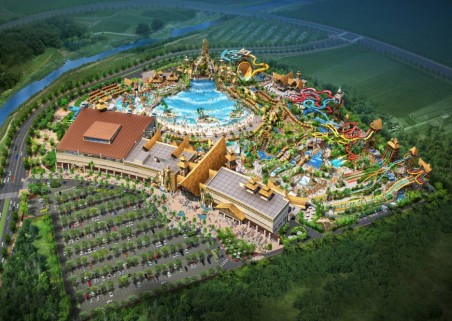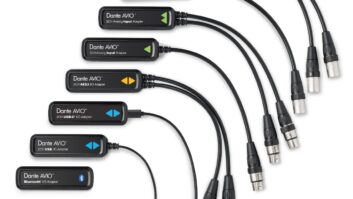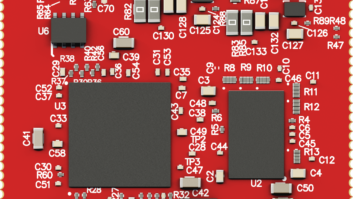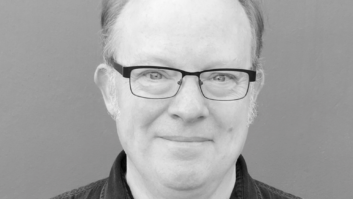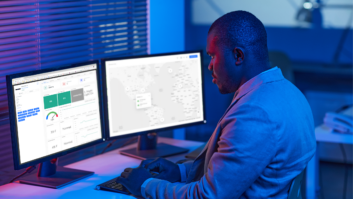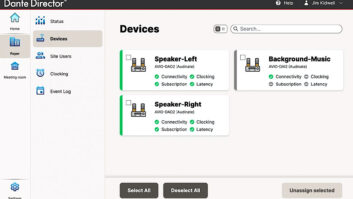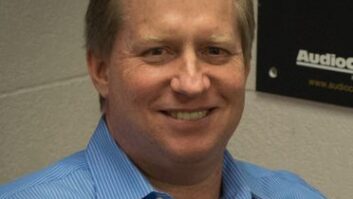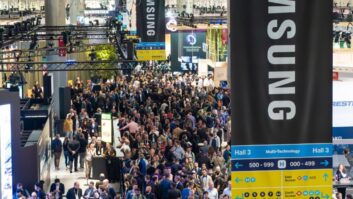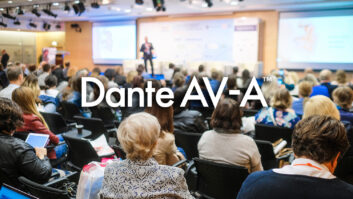
Craig Richardson, PhD, vice-president of global sales at digital signal processing specialist Symetrix, answers our questions about audio networking protocols – among which he has a clear favourite…
How well do you think the capabilities (and limitations) of the current array of networking protocols are understood by the average AV integrator?
From talking with our partners, I find that many integration companies are just starting their learning curve about capabilities of the current set of audio networking protocols. Some integrators are further ahead than others and have embraced Audinate’s Dante solutions for audio transport and others are just starting to learn where to best use the technology. Like most new areas, the learning curve can be steeper or shallower depending on how deeply a partner wants to understand networking technology. As installers use the solutions to replace traditional analogue transport alternatives, they will accelerate the learning curve. Hands-on learning works well for most people!
Do you believe that open systems are always to be preferred over proprietary ones, or is there something to be said for proprietary solutions designed for specific needs?
It’s not possible to make a statement about ‘always’ when it comes to open vs. proprietary. It ultimately depends on a number of factors including how accessible the implementations are (i.e. ‘what do I need to do to use the solution today’), the capabilities of the overall solution (i.e. ‘how does it best meet the specific project requirements’), and the total system cost. Open standards have the advantage that many people could potentially implement them without third-party involvement or royalties. However open standards also mean that various implementations may not be completely compatible (or compatible at all), ironically leading to essentially locally proprietary versions of an open standard.
Proprietary solutions on the other hand can significantly speed time to market and have a much higher probability of working with other products that use the same proprietary technology. Assuming the proprietary solution meets the needs and is available on a reasonably fair basis, it can significantly reduce the product development and implementation risk and dramatically increase compatibility. I guess the short answer is ‘it depends’.
Do you think there will be an eventual ‘winner’ in the battle of networking protocols, or do you think that different approaches will always need to be taken in different vertical sectors?
I think for systems that consist of multiple third-party devices connected together, there will be a winner. In fact for audio transport I feel like the winner is Audinate’s Dante protocol, due to the increasing number of supported products with more than 100 manufacturers building units with Dante, coupled with the fact that off-the-shelf network switches can be used with the technology. Further strengthening this claim is the fact that many manufacturers with alternative networking protocols are looking to find a way to bridge into Dante.
How far away do you think we are from total multi-vendor plug-and-play interoperability?
I think we can get as far as total multi-vendor compatibility where the devices will work together seamlessly, albeit with some configuration to ensure the right flows are going where they are needed. With the power of the transport and the flexibility for signal routing, it may never be completely plug-and-play, however certain aspects will be plug-and-play including the underlying network transport, Ethernet addressing, clock synchronisation, etc.
Symetrix is working towards this vision, and we announced a partnership at ISE 2014 with both Attero Tech and Stewart Audio. This has seen us integrate select products from the two manufacturers into the Symetrix SymNet configuration software, Composer 2.0, allowing integrators using the brands to programme a Dante-based system through one software programme and speed up the installation process. As Mike Sims of Attero Tech commented, having multi-manufacturer products configurable through a single interface truly is “the future of interoperability”.
A future release of Composer will also see interoperability with specific Shure and Audio-Technica Dante-enabled products.
Tell us about a recent installation that your company has been involved in that demonstrates its capabilities in audio transport/networking.
We’ve had a number of installations recently that have not only used Dante to integrate between Symetrix devices but to include one or more third-party devices from Attero Tech input/output devices to Yamaha digital mixing consoles for large multi-room audio management. The flexibility and power of the Dante audio transport over Ethernet finds applications in nearly all size installations. A specific example include the Lotte World waterpark in Gimhae, South Korea, where SymNet’s Dante capabilities allowed audio feeds to be distributed across a vast area, at one of the world’s largest waterpark venues, and between multiple equipment racks carrying out different roles in the system.
